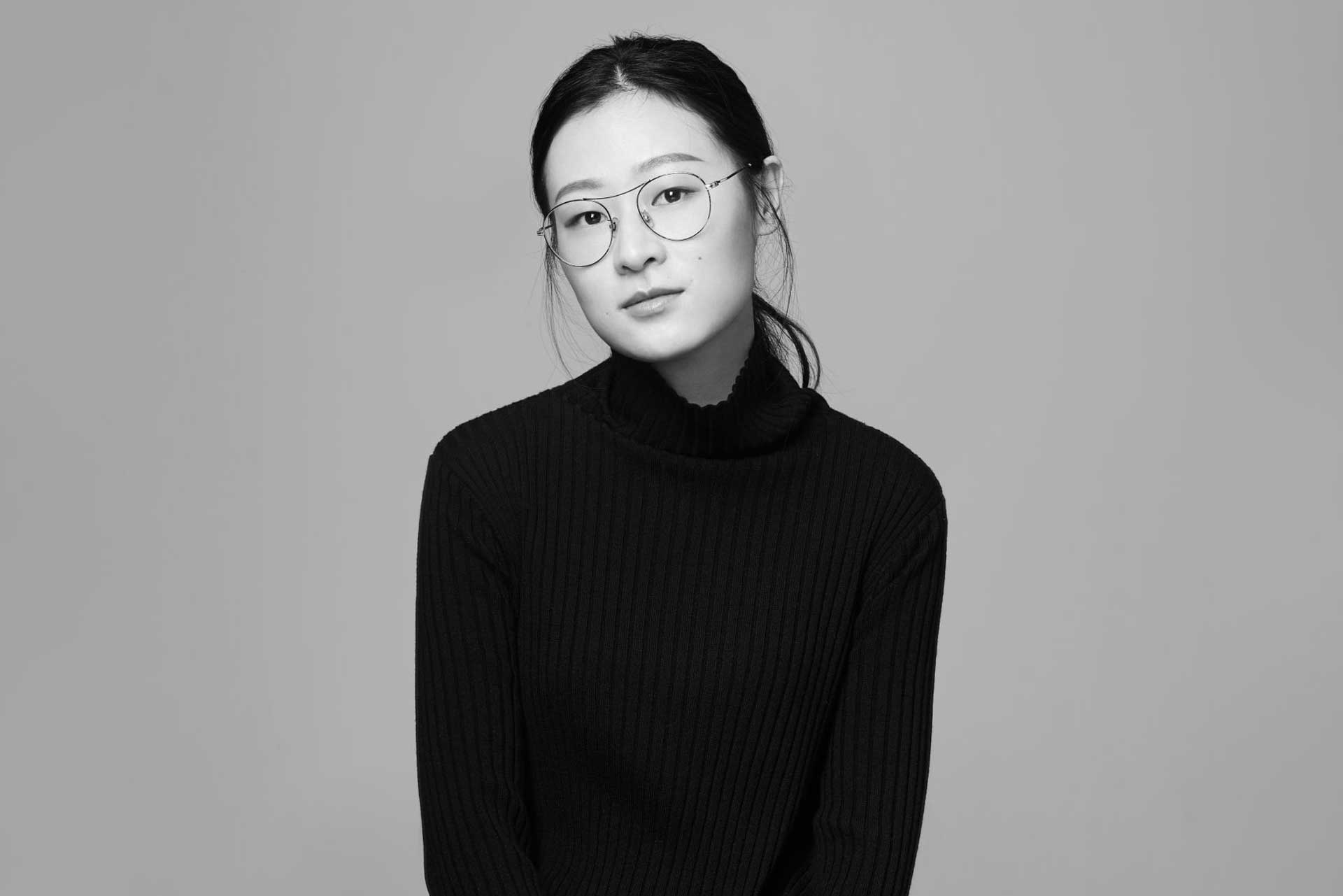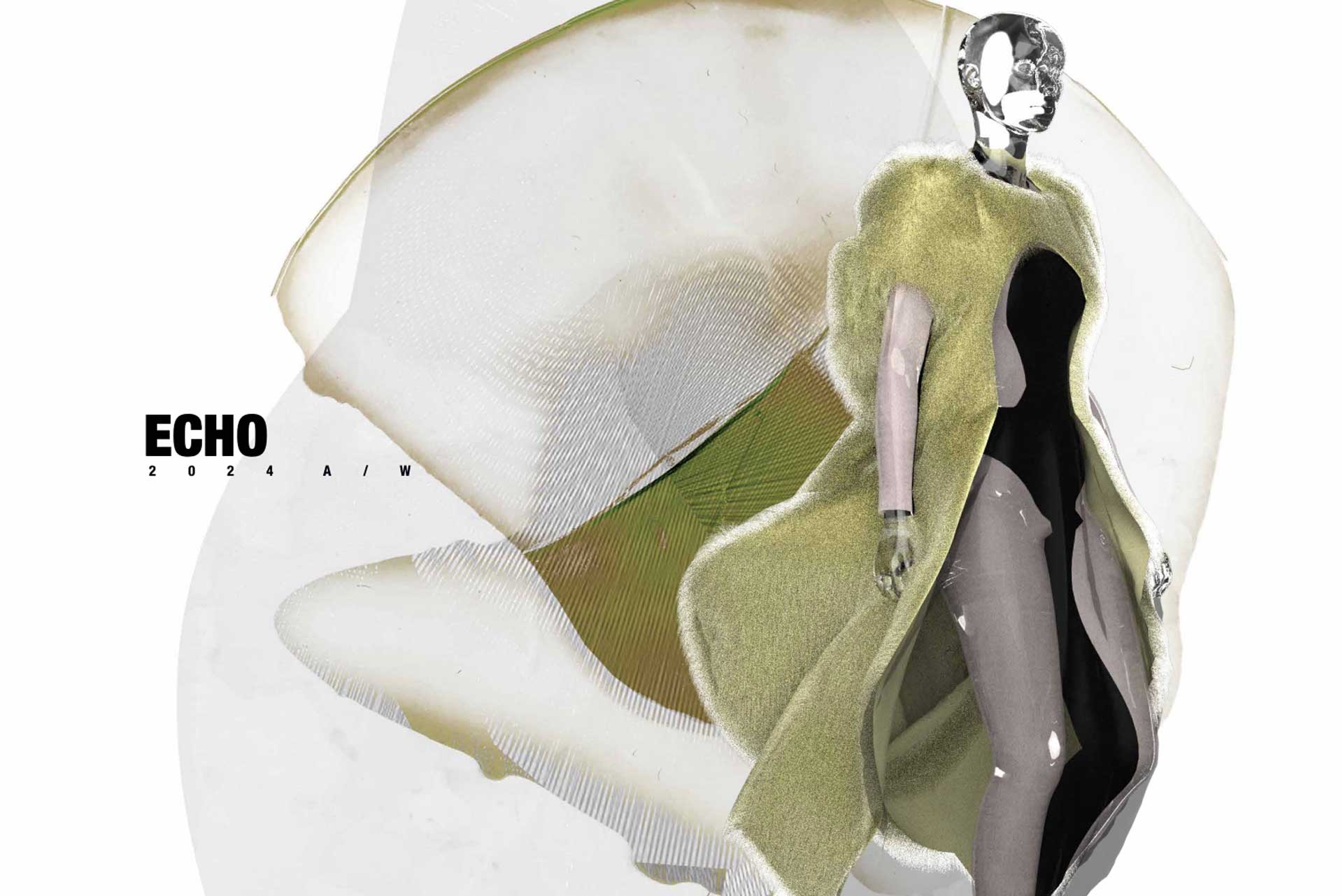1Please give us a brief bio of yourself and your design background.
My name is Bonan Li and I am an independent fashion designer who views clothing as a contemplative space, abstracting people’s bodies, breaking down the boundaries of gender, and deconstructing social power hierarchies. I pursued my education in fashion design at the Beijing Institute of Fashion Technology and furthered my studies at Parsons The New School.
Dedicated to creating cross-cultural works centered around themes of self-identity exploration and cultural investigation, I have accumulated diverse experiences in the fashion industry with companies such as WE WERE ONCE FIENDS, DION LEE, MELITTA BAUMEISTER, and ROSEMOO. I have been recognized for my contributions, being selected as a finalist in the Transmission Project, the Cristobal Balenciaga Museum Exhibition, and international award programs.
2What made you become/why did you choose to become a designer/artist?
I believe that clothes have the power to reflect people’s inner essence and foster deeper connections with their surroundings. Each garment possesses a soul that aligns with the wearer’s authentic individuality and the interconnectedness among all living beings.
3Tell us more about your business/company, job profile, and what you do.
I am currently immersed in experimenting with a system known as ‘PoemSpace,’ a cross-disciplinary endeavor involving fashion design, design technology, and architecture. This project aims to explore the recognition and awareness of individuality, facilitating the reconnection of people’s physical bodies to their consciousness, both personally and societally.
PoemSpace embodies dynamic variability and energetic flow, serving as a prototype for evoking reflective awareness in the post-pandemic era. I harbor a profound interest in multi-functional materiality, nature-inspired organic forms, and multidisciplinary design.
4What does “design” mean to you?
For me, "design" transcends the mere act of creating aesthetically pleasing objects; it is a profound form of expression, a medium through which I navigate and interpret the world around me. Design is the language through which I communicate my ideas, beliefs, and aspirations. It's a tool for dissecting and reassembling societal norms and constructs, challenging preconceived notions, and fostering introspection and connection.
5What’s your favorite kind of design and why?
As a designer with a background in fashion and a passion for exploring the intersections of identity, culture, and technology, my favorite kind of design is interdisciplinary design. Interdisciplinary design allows me to break free from the constraints of traditional silos and explore the boundless possibilities of merging different disciplines, such as fashion, technology, architecture, and beyond.
6To you, what makes a “good” design?
It's about pushing the boundaries of creativity and self-expression while fostering inclusivity and empathy. Through my designs, I seek to facilitate a deeper connection between individuals and their sense of self, inviting them to explore the beauty and complexity of the human experience.
7Describe your design style and its main characteristics.
Minimalism plays a significant role in my design aesthetic, as I believe in the power of simplicity and restraint to amplify the impact of my work. I favor clean lines, subtle details, and a muted color palette, allowing the concept and message behind each piece to take center stage. By stripping away the excess, I aim to create garments that speak volumes with their quiet elegance and understated sophistication.
8Tell us about your design process.
At the core of my design process is a commitment to breaking down traditional boundaries and challenging societal norms. I approach fashion as a form of art and storytelling, using clothing as a medium to deconstruct gender constructs and power hierarchies. This often involves abstracting the human body and experimenting with unconventional silhouettes, materials, and techniques to evoke thought and emotion.
9Do you think your country and its cultural heritage has an impact on your design process?
In essence, my country's cultural heritage serves as both a source of creative inspiration and a guiding principle in my design journey. It grounds my work in a sense of authenticity and allows me to craft designs that resonate with people on a deeper, more meaningful level.
10Congratulations! As the winner of the 2024 MUSE Design Awards, what does it mean to you and your company and team to receive this award distinction?
As the recipient of the 2024 MUSE Design Award, this achievement holds profound significance for me, my company, and our entire team. Winning such a prestigious accolade not only validates the hard work, creativity, and innovation that we pour into our designs but also serves as a testament to our commitment to excellence in the field of design.
11Can you explain a bit about the winning work you entered into the 2024 MUSE Design Awards, and why you chose to enter this project?
Starting my research by thinking about the experience of my life during quarantine, I assume that my perception of time and the space where I occupied were affected by virtual reality. I lost my sense of time and was confused about the scale of the space where I stayed. I have more flexibility to take charge of my time.
But, I became more disconnected from what I was doing since I was easily disrupted by some popup information. My sense of time is not continuous linear, but more fragmented and dissociated. In terms of the space, I feel like there are no changes of interaction between my body and the space where I am occupied since I was stuck in one place. I lost a sense of tactility and connection with my surroundings.
So I started thinking about how clothes can bring back our sentiment towards time, and enhance the interactions between space and our own body when we live, and transfer between the real world and visual reality in this post-pandemic era. As a result, in this project, I want to explore how clothes can be a medium to bring together these two divergent worlds.
12What was the biggest challenge with this project?
All those thinking and questioning led me to illustrate my own perception of time and space, research the concept of time in physics, and looking for some artworks exploring the relationship between time and space. I was drawn to how the experiment of Schrödinger's cat illustrates a paradox of quantum superposition.
Every moment of time can be a superposition with two different states before people perceive it. Instead of thinking about the world in terms of things, it’s better to think about the world in terms of relations, which became the most essential philosophy that led my design approaches. Then I started to picture my perception of time and space since I am so obsessed with a state of superposition. It is like how I live and transfer between virtual reality and the physical world. Those are ambivalent and coexisting.
13How has winning an Award developed your practice/career?
It has elevated my visibility and credibility within the design community and beyond. The recognition bestowed upon me through this award serves as a powerful endorsement of my skills, creativity, and expertise. This increased recognition has opened doors to new opportunities, including collaborations, partnerships, and speaking engagements, allowing me to expand my network and reach a wider audience.
14What are your top three (3) favorite things about our industry?
My favorite aspects of the fashion industry lie in its capacity for creativity and expression, its celebration of diversity and inclusivity, and its potential for impact and influence. These elements combine to make fashion a dynamic and transformative force that resonates with individuals on a deeply personal level while shaping the broader cultural landscape.
15What makes your country specifically, unique in the design industry?
China's unique blend of cultural heritage, economic dynamism, creative ingenuity, and openness to global influences makes it a fascinating and influential player in the global design industry, with its impact continuing to grow and evolve in the years to come.
16Where do you see the evolution of design industry going over the next 5-10 years?
The evolution of the design industry over the next 5-10 years will be characterized by a focus on sustainability, technology integration, personalization, collaboration, and inclusivity. Designers will play a critical role in shaping a more equitable, sustainable, and human-centered future through their creativity, innovation, and commitment to positive change.
17If you were a student entering this industry or an aspiring MUSE Design Awards submitter, what advice would you give them?
Embrace failure as part of the process: Design is inherently iterative, and failure is an essential step on the path to success. Don't be afraid to take risks, experiment, and learn from your mistakes. Each setback is an opportunity for growth and refinement.
18What resources would you recommend to someone who wants to improve their skills in the design industry?
There are numerous resources available for individuals looking to improve their skills in the design industry. Explore design books and publications written by experts in the field. Some notable titles include "The Design of Everyday Things" by Don Norman, "Thinking with Type" by Ellen Lupton, and "Steal Like an Artist" by Austin Kleon.
19Tell us something you have never told anyone else.
In this collocation, I imagine the woman I design for is either a real person or a virtual avatar that can be a representative of their identity. She is androgynous and spiritual, independent but lithe. The clothes she is wearing are tactile and soft which carries her experience and the sense of time she has gone through.
Also, the clothes are fluid and constructed which could cover and hide the shapes of her body and help her reconnect with her surroundings. When she is moving, the interactions and the void space between her body and the clothes echos with a state of geometric superposition.
20Who has inspired you in your life and why?
My father's influence may have motivated you to explore and delve deeper into traditional Chinese culture, leading you to develop a profound appreciation for its richness, complexity, and enduring relevance. His support and encouragement likely played a pivotal role in shaping my identity and worldview, fostering a strong connection to my cultural roots.
21What is your key to success? Any parting words of wisdom?
I would offer the wisdom that success is not solely defined by external achievements or accolades but also by the impact you make on others and the fulfillment you find in pursuing your passions and purpose. Stay true to yourself, embrace challenges as opportunities for growth, and never underestimate the power of perseverance, kindness, and authenticity in achieving your goals.




